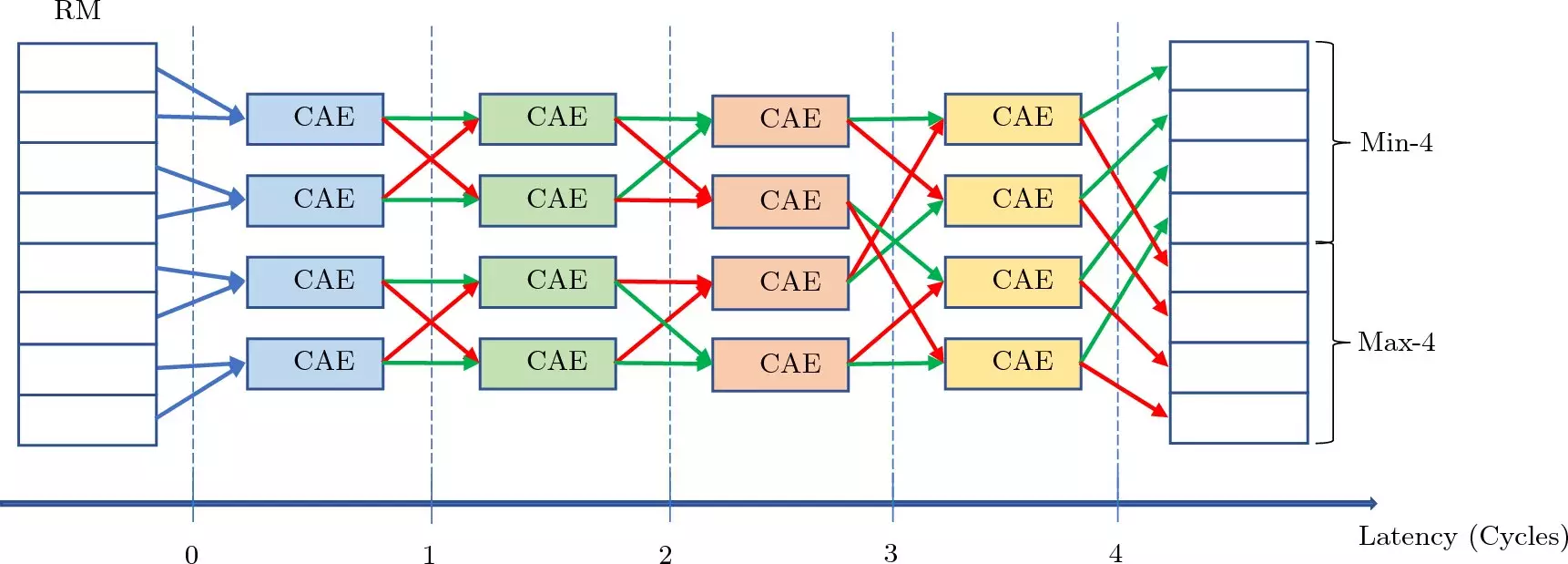Particle physicists around the world are on a quest to unlock the mysteries of the universe, including the elusive dark matter that makes up a significant portion of the cosmos. Dark matter, which is invisible and five times more abundant than ordinary matter, has long puzzled scientists due to its gravitational influence on stars and galaxies. The Large Hadron Collider, located 350 feet beneath the France-Switzerland border, is at the forefront of this research, aiming to shed light on the nature of dark matter through high-energy collisions.
One of the biggest challenges scientists face at the LHC is the overwhelming amount of data produced by proton-proton collisions. With detectors capturing 40 million snapshots of particles per second, researchers are tasked with sifting through vast amounts of information to identify rare and elusive signals that could indicate the presence of dark matter. Duke physicist Ashutosh Kotwal acknowledges that this task is akin to finding a needle in a haystack, with only a fraction of the data containing the critical signatures they are searching for.
To address the need for real-time data analysis and rapid decision-making, Kotwal and his team are harnessing the power of artificial intelligence. Through the development of a “track trigger” algorithm, Kotwal aims to automate the identification of fleeting particle tracks that may indicate the presence of dark matter. By leveraging AI engines running simultaneously on a silicon chip, the algorithm can process images in less than 250 nanoseconds, ensuring that only pertinent data is flagged for further analysis.
Kotwal’s innovative approach to utilizing artificial intelligence in particle physics represents a significant leap forward in the field. By enabling faster image recognition techniques that are 100 times more efficient than previous methods, researchers at the LHC can now identify potential dark matter signatures in real-time and store them for further study. This technological advancement not only streamlines data analysis but also enhances the chances of detecting rare and transient phenomena that could hold the key to unlocking the mysteries of the universe.
Looking ahead, Kotwal and his team are focused on building a prototype of their AI-powered device for deployment at the LHC within the next few years. This device, consisting of approximately 2000 chips, will revolutionize the way scientists analyze particle collision data, ensuring that no potential dark matter signals go unnoticed. As the LHC continues to push the boundaries of particle acceleration and collision rates, Kotwal’s technology will play a crucial role in detecting and capturing the subtle traces of dark matter production in real-time.
The integration of artificial intelligence into particle physics research represents a game-changing development that promises to accelerate the pace of discoveries and unlock the secrets of the universe. By combining cutting-edge technology with innovative algorithms, scientists like Ashutosh Kotwal are paving the way for a new era of exploration and understanding in the field of particle physics.


Leave a Reply